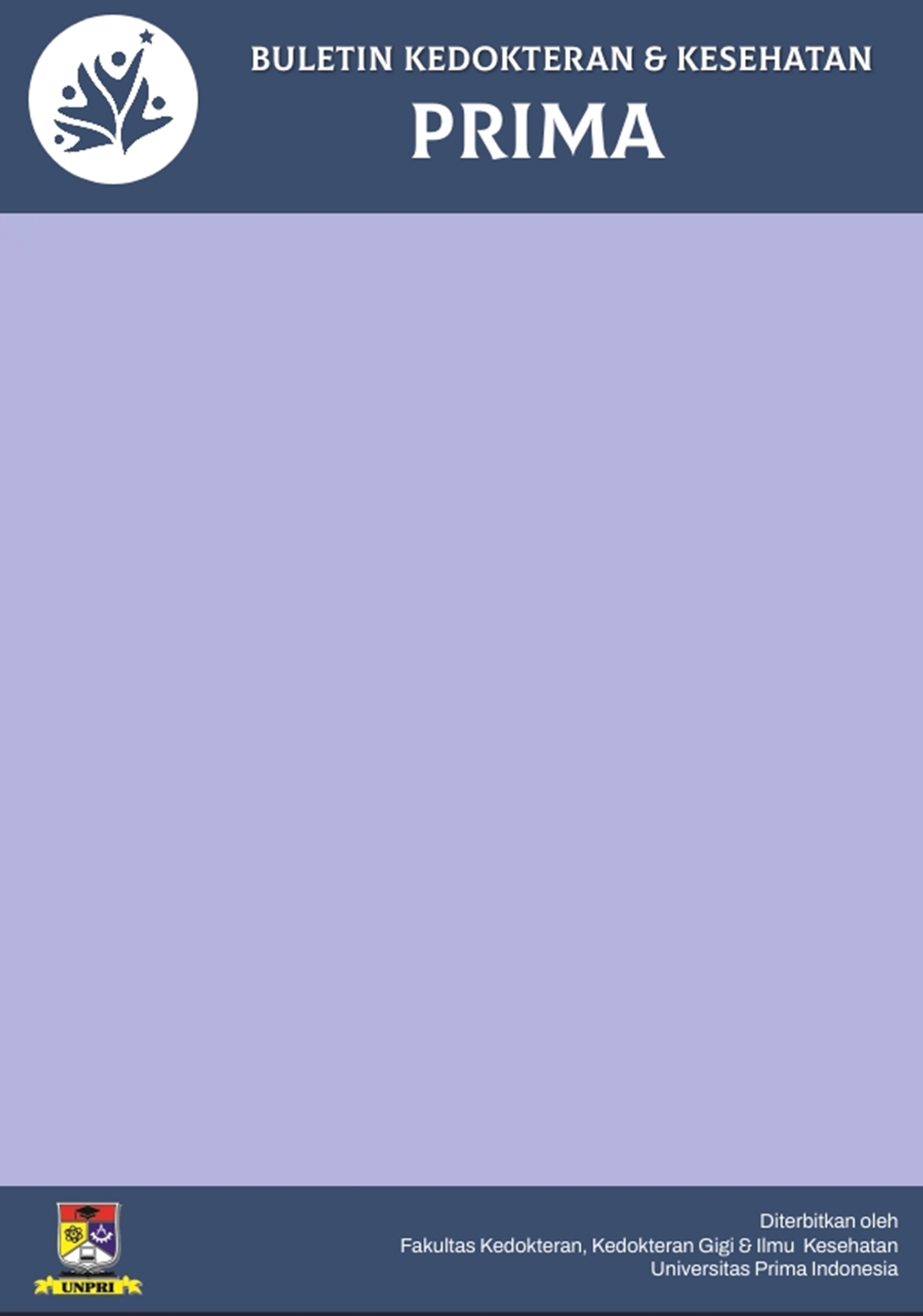Abstract
Phytoremediation, a technique that employs plants to extract pollutants from soil and water, offers a promising solution for mitigating water contamination from liquid waste. This method is characterized by its simplicity, cost-effectiveness, high efficacy, and minimal environmental impact. It can also be aesthetically integrated into various settings to address pollution. A notable plant used in this process is the water hyacinth. Despite its rapid growth and classification as an invasive weed that can harm aquatic ecosystems, the water hyacinth possesses significant potential for environmental remediation. This research employed a quasi-experimental design with a pretest-posttest non-equivalent control group to evaluate the effectiveness of water hyacinth in reducing key pollutants. The study's primary objective was to quantify the reduction of Biochemical Oxygen Demand (BOD), Chemical Oxygen Demand (COD), and phosphate levels in laundry liquid waste. A comparative analysis was conducted between an experimental group, where water hyacinth was utilized, and a control group. The study was conducted at the Environmental Health Engineering and Disease Control Center Class 1 Medan laboratory. Laundry wastewater was analyzed using spectrophotometry. The results indicated that phyto-aeration with water hyacinth was only able to achieve a 57% reduction in phosphate levels, decreasing the concentration from 1.52 mg/L to 0.65 mg/L. Further research is needed to optimize the phytoremediation process, particularly by increasing the remediation time and plant density. These modifications could potentially improve water quality by elevating dissolved oxygen (DO) levels and enhancing the biological degradation of pollutants.

This work is licensed under a Creative Commons Attribution-NonCommercial 4.0 International License.
Copyright (c) 2025 M. Regzi Maulana, Marlinang Isabella Silalahi, Putri Handayani
